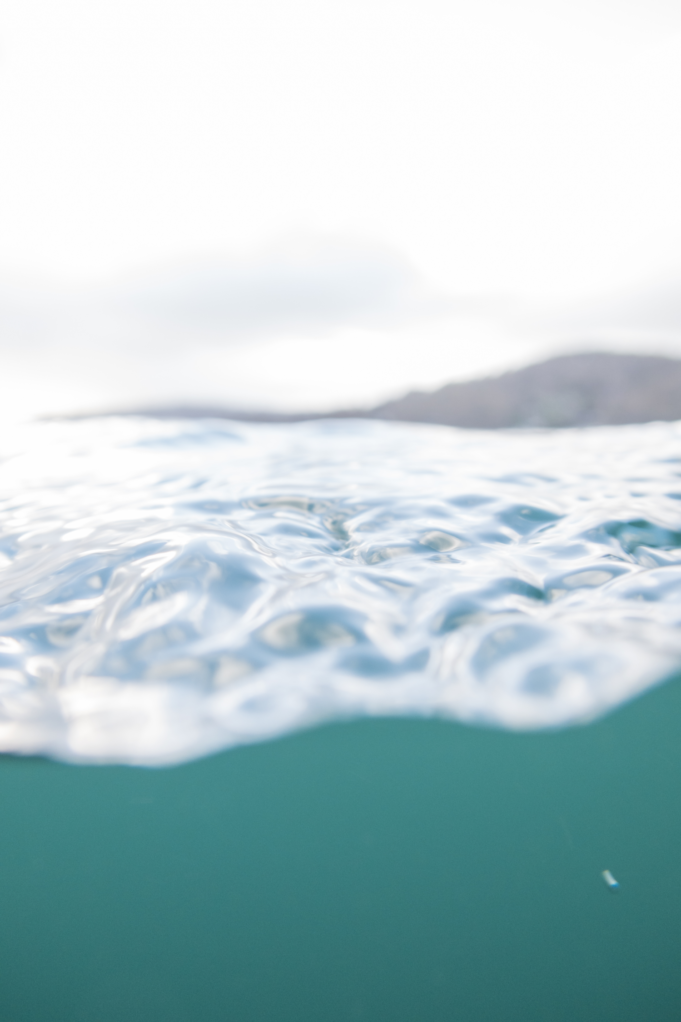Water treatment technicians, tasked with safeguarding the quality of our aquatic resources, are facing a subtle yet significant threat in the Mississippi River. Beyond the familiar challenges presented by the sea, an insidious issue arises: the progressive intrusion of saltwater into the delta.
Due to long lasting drought upstream, saltwater is moving up the Mississippi River. The denser saltwater flows underneath the less dense freshwater, creating a two-level flow pattern in a wedge-shaped formation. The saltwater wedge is pushed upstream by the tides and by the prevailing winds. The Mississippi River is primarily a freshwater river, so the intrusion of saltwater is likely to be highly detrimental for local drinking water and infrastructure.
Currently the Army Corps of Engineers has constructed underwater sills on the river at a number of locations, including near Head of Passes, Louisiana. Underwater sills are typically constructed of rock or concrete and are placed across the riverbed. They are designed to slow the upstream movement of saltwater by increasing the resistance to flow. The Corps also operates a number of reservoirs on the river that allow it to release fresh water to combat the intrusion, but these are not permanent solutions.
The good news is the distance required for saltwater to cause problems in the Mississippi’s infrastructural water intakes is quite far, likely tens to hundreds of miles. However, the salinity of the saltwater is a critical factor. Generally, freshwater sources like the Mississippi River have low salinity, so even a small increase in salt content due to seawater intrusion can have adverse effects on drinking water quality and the infrastructure that relies on freshwater for local towns and cities. Aside from drinking water and infrastructure concerns, saltwater intrusion can also have detrimental effects on the local ecosystems, aquatic life, and vegetation that depend on freshwater. Salt can also slowly corrode pipes, making this a potentially long-lasting infrastructural problem.
In addressing the challenge, both the government of Louisiana and the Army Corps are shifting their focus towards substantial initiatives. This includes the potential implementation of reverse osmosis units to extract salt from drinking water, the construction of a 55-foot-tall underwater levee to impede the encroachment of the saltwater wedge, and a rather bold strategy involving the transportation of millions of gallons of freshwater downstream to alleviate salt overload in water systems.
From maintaining reverse osmosis units to supervising the structural integrity of the proposed underwater levee and managing freshwater transportation logistics, the expertise of technicians is crucial. These expert contributions ensure the efficacy of these interventions and pave the way toward innovation, resilience, and safeguarding our communities against the nuanced threat of saltwater intrusion. Through strategic, targeted efforts, we can protect our water systems, maintaining their safety and functionality amidst this lurking challenge.





